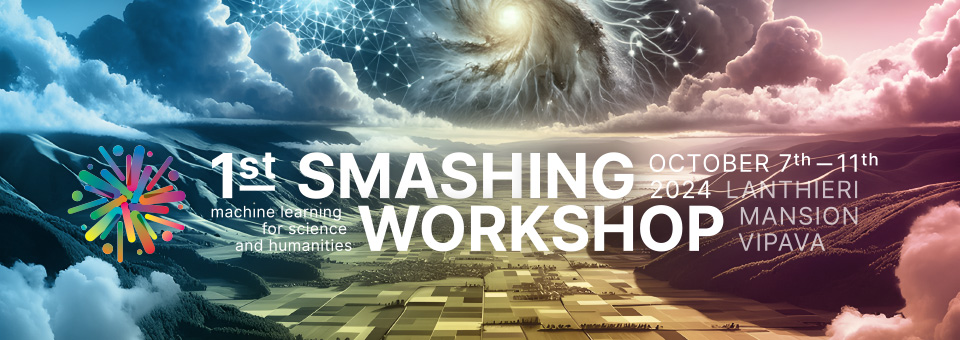Speaker
Description
Dark matter remains a crucial missing piece in our understanding of the Universe. Since the late 1970s, the astrophysics community has widely accepted that visible galaxies lie at the centre of large dark matter halos. Significant progress has been made in understanding the halo that hosts our own Milky Way galaxy, including its overall mass and density distribution. However, the halos themselves contain smaller dark matter subhalos, and although the most massive of these subhalos, which host dwarf galaxies, can be observed, the smaller subhalos that do not form stars remain undetected. The detection of these non-luminous, dark subhalos would provide valuable insights into the nature of dark matter. In this talk, we will explore a novel method for finding dark subhalos by detecting stellar wakes —perturbations in the positions and velocities of stars caused by interactions with orbiting dark subhalos. We will discuss the feasibility of using supervised and unsupervised Machine Learning techniques to detect these stellar wakes, given the tremendous increase in high-precision data from current and future astronomical surveys.

